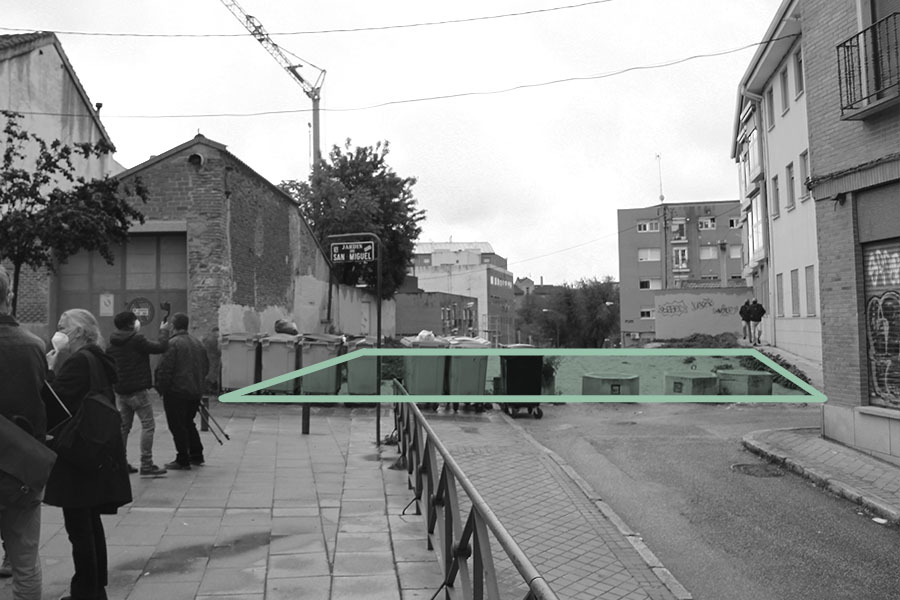Greenmad
Madrid (ES) - Mention spéciale

DONNÉES DE L’ÉQUIPE
Associé : Marcos González González (ES) – architecte
Collaborateurs : Carmen Povedano Olleros (ES), Hernán González González (ES), Pablo Javier Navas Diaz (ES) – étudiants en architecture
Madrid, (ES)
+34628405167 / marcos.gonzalez.gonzalez@hotmail.es
PORTRAIT D'ÉQUIPE
INTERVIEW
Cliquer sur les images pour agrandir
1. How did you form the team for the competition?
As a group we share the same passion for architecture, as well as the future for the living cities as Madrid. Therefore, Europan 16 was an opportunity to put our ideals into practice.
2. How do you define the main issue of your project, and how did you answer on this session main topic, Living cities?
The current ecological crisis demands a point of view which involves a natural and anthropic environment as a common reality which lets us develop different processes, systems and actions under a logical world balance. This common view allows us to understand that we are chasing a global goal, in which different subjects are working, and of which we can find new architectural opportunities. Conscious of our obligation to pursue and spread the environmental importance of architecture, the proposal develops the idea of inhabiting the world from a community perspective.
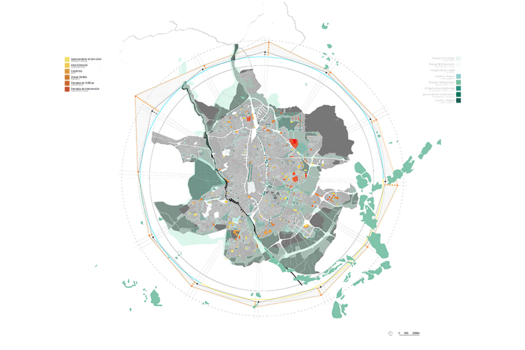
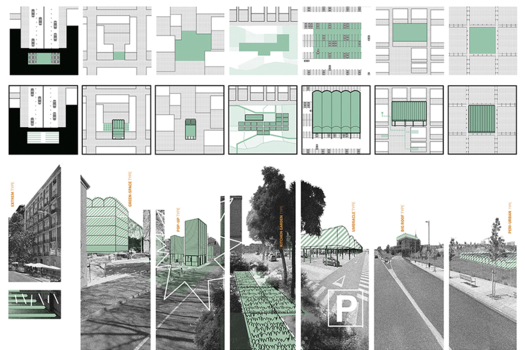
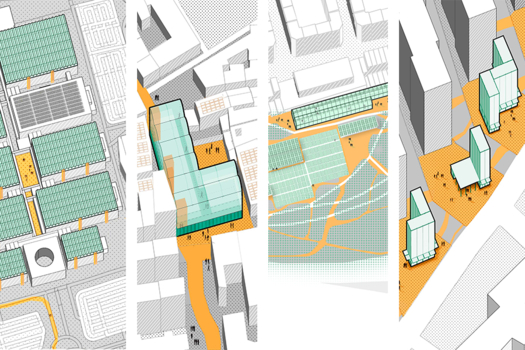
The project approach sets in crisis the current concept of the city and its function, breaking the limits that are against natural, rural and urban concepts. However, it doesn’t develop a thorough urban model, but it creates a global logic based on a sustainable idea. The proposal aims to open a path to a new urban transformation which involves the different human activities (productive, industrial and services process). The architectural typology designed can be understood as a “productive green infrastructure” that would form part of the different services of the city. The settlement it’s made to fill the empty urban spaces which would reactivate the activity of the site.
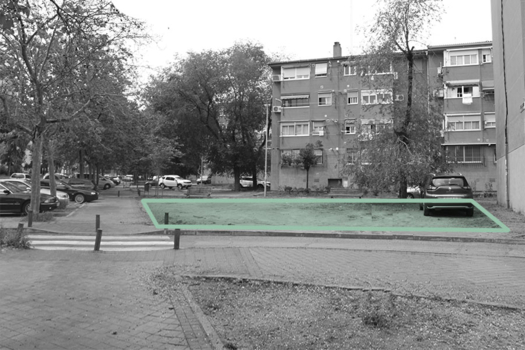

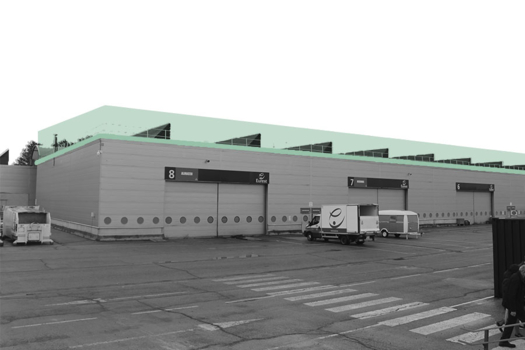
Yes, we have develop different academic projects where the time was a big factor from different perspectives: due to the definition of a system and regeneration, to the definition of architectural spaces as well as the different use of the spaces along the constructive process, to the use of the space during the daylight hours or the season and how it define the space, to the aging of the materials, or to actions on an already existing environment: adding, transforming and reusing.
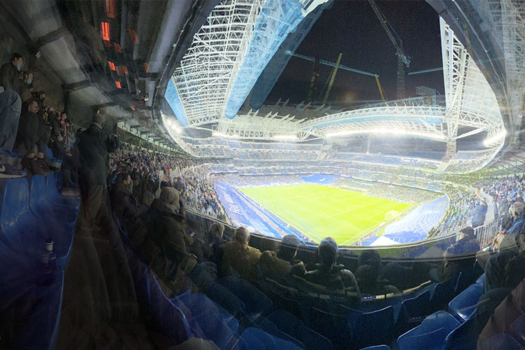
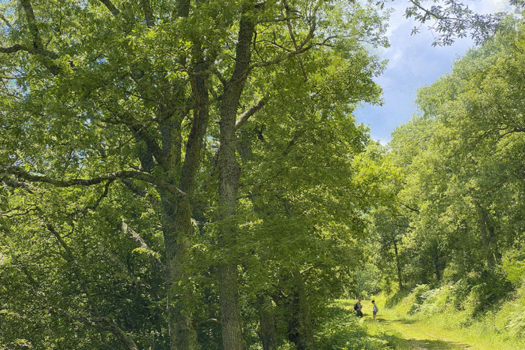
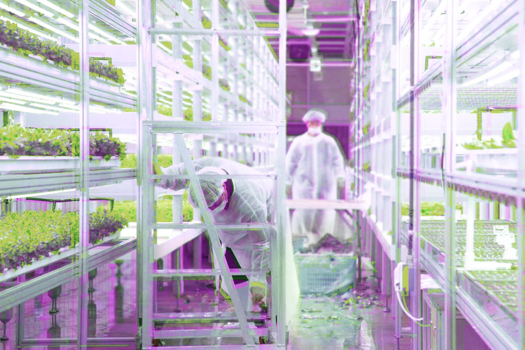
From a strategic point of view, the project integrates the city and the countryside. Besides, each proposed type is autonomous and, at the same time, benefits the whole natural and anthropic environment. Regarding its implementation, the characteristics of the urban void on which it operates and the productive demands of the type determine the scale and investment capacity.
6. Is it the first time you have been awarded a prize at Europan? How could this help you in your professional career?
Yes, It is our first time taking part in the competition. Therefore, is also our first time being awarded in Europan. Without a doubt it is an honor to contribute to the family projects that set up in crisis the way of thinking and develop the city.
IDENTITÉ DE L'ÉQUIPE
Agence : -
Fonction : architecture
Âge moyen des associés : 32 ans
Has your team, together or separately, already conceived or implemented some projects and/or won any competition? if yes, which ones?
Separately, we have done several competitions not only in our home country (Sapin) but also all over the world, always trying to think out of the box giving alternative and innovative solutions. This has been reflected in several awards in competitions such as: “COVID-19 Memorial of Ciudad Real. Spain”, “Students Reinventing Cities. Spain”, “Evolo 2021_Skyskraper Competition.USA”, “Casa Ágave, Premio Felix Candela.México”, “Recovery and improvement of Valle de Tejadilla of Segovia.Spain”, “Bioclimatic Intervention proposal in public space. Spain”, “Rehabilitation of the cafeteria of the School Sankta Maria Folkhögskola. Sweden”, “Revitalisation of Parque Muelle de Avilés. Spain”, “Revitalisation of Monte Areo Housing Neighborhood of Gijón. Spain”.
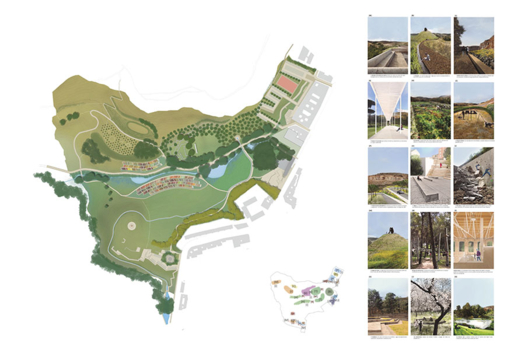
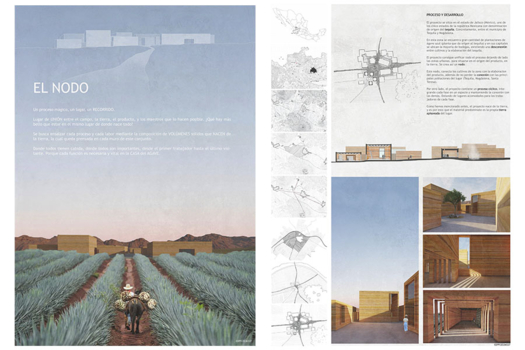
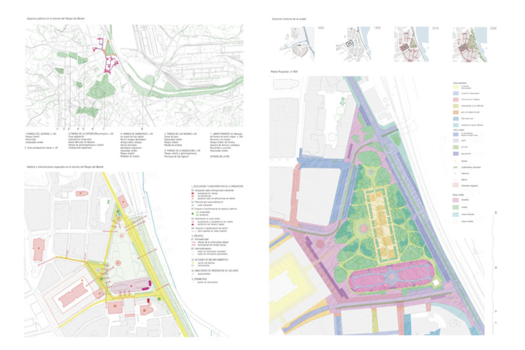
The project has been developed during the COVID19.Therefore, our main work space has been the different digital media, as well as the use of the common spaces of our architecture school (ETSAM).




